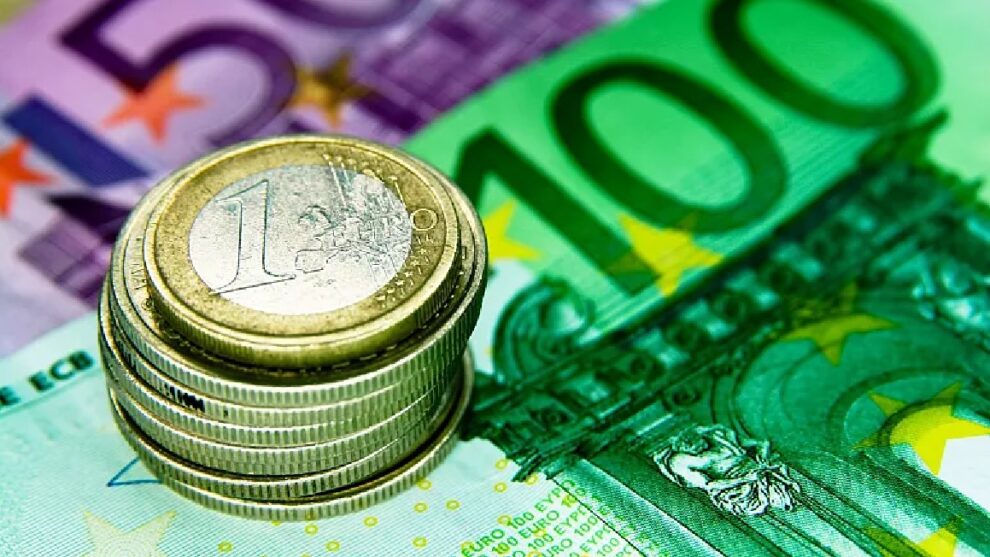The significant differences in disposable income across Europe highlight the extent of inequality around the continent, with western and Nordic states having higher disposable income on average compared to many southern and eastern countries.
Two thirds of the world’s most properous countries in the world are in Europe, according to the 2023 Legatum Prosperity Index, yet income inequality is rife across the old continent.
The average household income set aside for spending and saving varies considerably, not just between EU member states, but other European countries too.
There appears to be a clear geographic divide: The highest levels of median disposable income were recorded in western and Nordic countries, while levels are lower in most southern and eastern states.
Access to goods and services in a country depends largely on income distribution, which varies widely, causing inequalities.
It can be difficult to accurately compare countries disposable income levels due to differing tax regimes and price levels.
One way to measure and compare the differences however is by looking at the median equivalised disposable income per inhabitant in the purchasing power standard (PPS) in each country, which gives an idea of living standards.
Household disposable income is what households have available for spending and saving after taxes and transfers, as defined by Eurostat, the EU’s statistical office. This income is ‘equivalised’ – adjusted for household size and composition – to make it comparable across all households.
PPS meanwhile helps make prices comparable between countries. It’s a sort of artificial currency that removes price level differences, making a single PPS able to buy the same good or service in any country.
With that in mind, which countries have the highest and lowest disposable income in Europe? And just how prevalent is income inequality?
In 2022, the median disposable income per inhabitant in the EU ranged from 9,671 PPS in Bulgaria to 33,214 PPS in Luxembourg. The EU average was 18,706 PPS per inhabitant.
When European Free Trade Area (EFTA) and EU candidate countries are included, Luxembourg was followed by Norway (27,090 PPS) and Switzerland (26,389 PPS). This figure was also slightly above 25,000 PPS in the Netherlands and Austria.
Nordic countries above the EU average but fail to land the top spot
The median disposable income per inhabitant was above the EU average in five Nordic countries.
While Norway ranked second, none of the others made it in to the top five.
Finland (20,941 PPS) ranked 10th and Sweden (20,573 PPS) was positioned at 13 out of the 35 countries on the list.
Iceland and Denmark came in at 7th and 8th respectively.
Division among the Big Four
Looking at the four most populated EU countries, the median disposable income was above the EU average in Germany (23,197 PPS) and France (20,575 PPS), whereas it was lower in Italy (18,472 PPS) and Spain (17,254 PPS).
Croatia, the last country to join the EU, had a higher median disposable income than six EU countries.
As seen in the map above, western and Nordic European countries reported the highest levels of median disposable income, whereas most southern and eastern states had lower levels.
Candidate countries had the lowest incomes
EU candidate countries had the lowest median disposable incomes on the list.
Albania (4,385 PPS) came in at the bottom, followed by North Macedonia (5,988 PPS) and Turkey (6,210 PPS).
Income inequality deepens
When considering income in euros as opposed to the PPS, the levels of income inequality across Europe look particularly stark.
The range of median disposable income per inhabitant varied from €5,378 in Bulgaria to €45,310 in Luxembourg in the EU in 2022. The median disposable income for the EU as a whole was €19,083.
The figure was higher than €35,000 in five countries, namely Switzerland (€44,753), Iceland (€39,918), Norway (€39,206) and the UK (€37,934), in addition to Luxembourg.
It stood at €25,000 in Germany and €23,053 in France.
Perhaps unsurprisingly, the median disposable income in euros was considerably lower in EU candidate countries: €3,000 in Albania, Turkey, and North Macedonia.
How has disposable income changed in the past five years?
Several countries have significantly boosted their median disposable income per inhabitant in euros in the past five years, when looking at percentage increase.
It rose by more than 40% in nine EU member states and two candidate countries between 2017 and 2022, or the latest available data within the past five years. The change was 17% for the EU as a whole.
Romania recorded the highest rise with 101%, followed by Serbia (68%) and Lithuania (66%).
The percentage change in countries where the median disposable income was higher than the EU average saw very little movement, such as 1% in Switzerland, 2% in Norway and 5% both in France and Sweden.
Median disposable income fell only in Turkey
Turkey was the only country that saw its median disposable income fall – specifically by 27%, or €1,000.
When looking at the changes in euros rather than as a percentage, Luxembourg (€8,995) recorded the highest increase, followed by Ireland (€6,181) and the Netherlands (€5,976).
The average increase in the EU was €2,802, while it rose by €3,080 in Germany and €1,093 in France.
Source : Euronews











